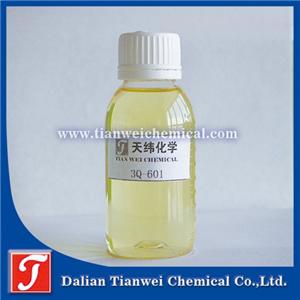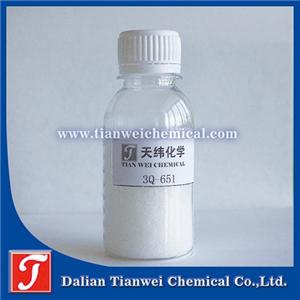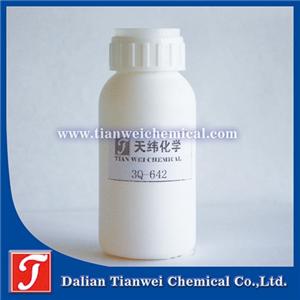Medical non-woven antimicrobials: the invisible guardian of health
As an important material in the field of modern medical and health care, medical non-woven fabrics have a wide range of applications, including surgical gowns, protective clothing, disinfectant bags, masks, diapers, sanitary napkins, sanitary pads, etc. However, with the continuous improvement of people's awareness of health and hygiene, higher requirements have been put forward for the antibacterial properties of medical non-wovens. The emergence of medical non-woven antibacterial agents is precisely to meet this market demand and provide a more solid guarantee for people's health.
First, the importance of medical non-woven antibacterial agents
Medical nonwovens play an important role in the medical environment, and their surfaces are easy to attach and breed bacteria, thereby increasing the risk of cross infection. The application of antibacterial agents can effectively inhibit or kill the bacteria on the surface of medical non-woven fabrics, reduce the hospital infection rate, and ensure the health and safety of medical staff and patients. In addition, for disposable sanitary products, such as diapers, sanitary napkins, etc., antibacterial agents can also effectively prevent skin problems caused by bacterial growth and improve personal hygiene.
Second, the type of medical non-woven antibacterial agent
According to the different structure, medical non-woven antibacterial agents can be divided into three types: organic, inorganic and natural biological antibacterial agents.
Inorganic antibacterial agents: mainly precious metal ions, such as silver ions, copper ions, zinc ions and so on. These antimicrobials have a broad spectrum of antibacterial properties and can effectively kill a variety of bacteria. For example, silver ion antimicrobials have very strong antibacterial properties and are resistant to high temperatures and do not break down and yellow due to high temperatures during processing.
Organic antibacterial agents: including organic quaternary ammonium salt, polyhexamethylene-biguanide, chlorophenol, halogen amine compounds, etc. This kind of antibacterial agent has fast effect and strong bactericidal ability, but some may have certain toxicity or irritation, so it is necessary to strictly control the dosage and conditions when using.
Natural biological antimicrobials: derived from living organisms, such as chitosan, plant extracts, etc. Such antimicrobials have the advantages of safety, non-toxicity and degradability, but the antibacterial effect may be relatively weak and the cost is high.
Third, the application of medical non-woven antibacterial agents
There are two main application ways of antibacterial agents for medical non-woven fabrics: one is to add antibacterial agents in the fiber modification process, so that the antibacterial agent is evenly dispersed in the fiber; The other is to apply the antibacterial agent to the surface of the non-woven fabric by dipping, spraying or coating during the post-finishing process. These two methods have advantages and disadvantages, the former antibacterial effect lasting but high cost, the latter cost is lower but the antibacterial effect may gradually weaken over time




